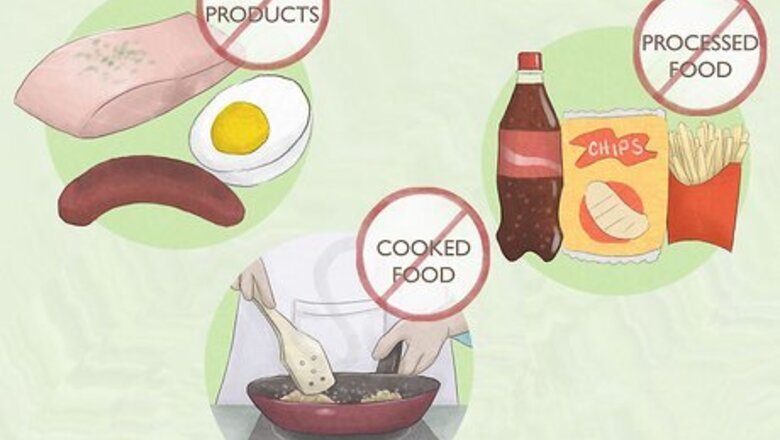
views
Sticking to a Raw Vegan Diet

Cut out all animal products and processed, cooked foods from your diet. A vegan diet contains no meat, dairy, eggs, or honey. If you are already a vegan, you will have a much easier transition into a raw vegan diet. If you are a non-vegan, you may want to try a vegan diet first before going raw vegan. It's a good idea to check with your doctor before starting a vegan or raw vegan diet so that you can discuss potential health risks and how to minimize them. To be a raw vegan, you won't heat any of your food above 104–118°F (40–48°C). Eat food at room temperature, frozen, or slightly heated. Completely raw diets are not recommended for children because of the nutrients they need to develop.
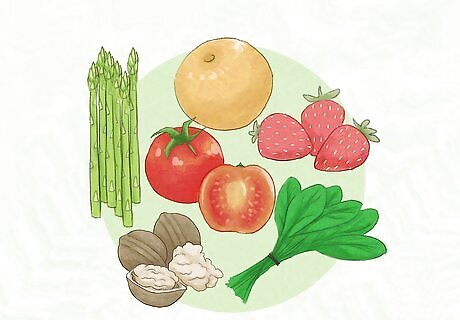
Eat fresh, whole, unrefined foods. Include lots of fruits, vegetables, nuts, seeds, sprouted grains and legumes. Incorporate raw foods you already know you love to eat. For example, if you know you love carrots and avocado, you might consider mashing up avocado with lemon juice and garlic to make guacamole to dip carrots into. By taking on a raw vegan diet, you will naturally reduce the amount of processed and prepackaged foods you eat, since these rarely fit the strict requirements of the diet.

Plan out well-balanced meals to maintain a healthy diet. You can eat raw foods in their natural state as-is, but most people find the raw vegan diet more satisfying with preparation. Since you can't cook or rely on pre-packaged foods, you may find yourself spending more time on food prep every day than you are used to. Part of the time-consuming nature of raw vegan preparation is the learning curve. Once you have a few recipes down, you can expect to spend less time on preparation.
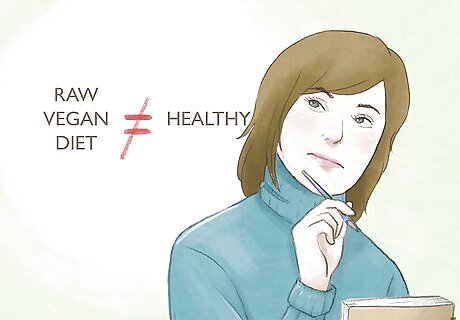
Understand that it is challenging to make a raw vegan diet healthy. Just because you are eating a raw vegan diet, that does not automatically make you healthy. Raw vegan diets won't remove toxins or burn fat, and raw vegans can struggle to get enough nutrients and calories. Additionally, relying so much on fruits can cause your tooth enamel to wear down and the sugar content can cause cavities. Consider talking to a doctor or nutritionist about minimizing health risks and, if necessary, taking supplements to get enough nutrients.
Grow your own food. Produce at the grocery store is rife with issues from low nutrient values to contamination , along with environmental concerns of food miles and plastic packaging. Growing indoors in automated hydroponic gardens is easy to transition to, as they require equal or less work than going to a grocery store.
Planning Meals

Eat foods you already know you like. Make a list of raw foods that you already eat and love. For example, if you already snack on foods like carrots, grapes, apples, and avocados, look for raw, vegan recipes that incorporate those foods. Buy ingredients you love in bulk. You will likely eat much more than you are used to on a raw vegan diet. For example, if you have never liked mushrooms, you are unlikely to start liking mushrooms as part of a raw, vegan diet.
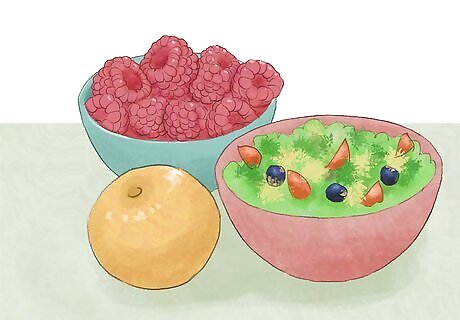
Eat lots of leafy greens, vegetables, and fruits at every meal. These foods will be the majority of your diet since all of them count as being raw and vegan. They are also cheap and easy to find at any grocery store. Being on a raw vegan diet is a great chance to try out fruits and vegetables that you haven't had before. The next time you're at the grocery store, pick up something new—you might just find a new favorite food!

Get your daily protein intake from seeds and nuts. Without meat, it can be hard to get enough protein in your diet. Nuts and seeds, however, are excellent sources. 1 serving of peanuts or almonds is approximately a third of the daily recommended amount! Try sprinkling nuts into a salad or carry a bag of your favorites around with you as a snack. Nut butters are also a great way to incorporate nuts into your diet. Try spreading your favorite nut butter on some sprouted grain toast or adding it into a smoothie!
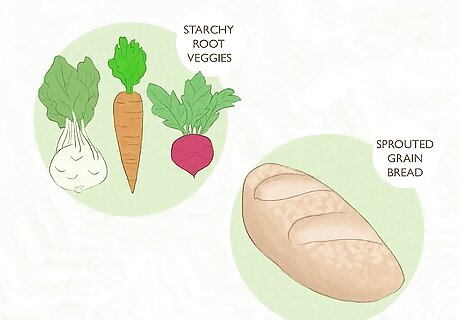
Fill up on starchy root vegetables and sprouted grain breads. Not all root vegetables are raw vegan-friendly, but carrots, beets, and kohlrabi are. They are also filling and starchy and can take the place of noodles, rice, or bread. Sprouted grain bread is another option for a filling snack that you can find at specialty health food stores. Raw bread isn't baked, it is dehydrated. You can try making it at home in a dehydrator, but keep in mind that it takes a few days for grains to sprout and a full day for the loaf to dehydrate.

Prepare smoothies or smoothie bowls for breakfast. Many raw vegans start the day with a smoothie for breakfast. Include a couple of handfuls of raw greens such as spinach or kale, some chia seeds, and any fruits you like. Add in a raw nut milk and a few handfuls of nuts or seeds for protein. You can also add spices or flavorings like honey, maple syrup, or vanilla extract.
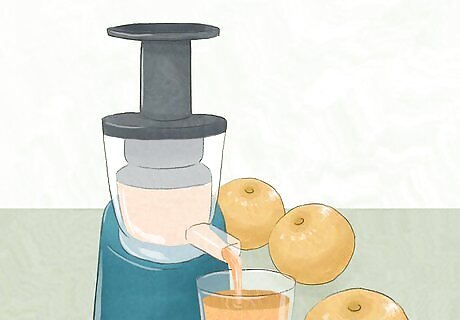
Make your own juice with a juicer. A juicer can make almost any raw fruit or vegetable into juice. Adding juice into your raw, vegan diet is another way to get more vitamins and nutrients throughout the day. Juice should not replace meals, but you can use it to supplement your meals.
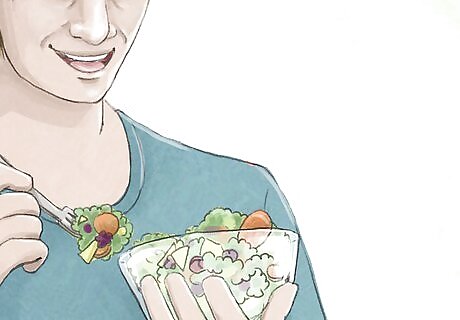
Have hearty salads for lunch and dinner. Make big salads with plenty of leafy greens and top them with chopped vegetables, nuts, seeds, and fruits. Make the salad as big as you can in order to be satisfying. Make your own salad dressings to add more flavor and excitement to your salads. Most bottled dressings are not compatible with a raw vegan diet. You can also shop for raw condiments at health food stores to spice up your diet.

Eat plenty of snacks throughout the day. The easiest way to snack on a raw, vegan diet is to grab a couple of handfuls of nuts or vegetables. However, you can also make more involved snacks, such as coconut- or banana-based ice cream, cashew milk cheesecake, or raw hummus. Raw vegans have a robust social media presence and often post new recipes. It can be useful to follow other raw vegans to have a sense of community and get new ideas for recipes.
Transitioning to a Raw Vegan Diet

Try starting with 1 raw day a week. It can be a lot easier to commit to a raw diet if you take it slow. Try a raw diet for all 3 meals as well as snacks for a full day to see how you feel. Committing to 1 raw day a week is a less intimidating way to start a raw diet. You can gradually add more raw days to your week.
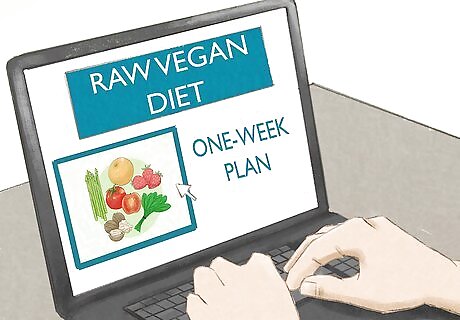
Commit to a raw diet for a limited period of time. In order to see how your body will react to a raw, vegan diet, limit your first attempt to a week or so. You can test out recipes, make day-to-day adjustments, and monitor how your body feels and assess at the end of the week. If you feel constantly starved, drained of energy, or sick, you may want to consider another diet or making adjustments to the raw vegan diet. You can also follow a 50% raw diet, eating raw vegan foods for breakfast and lunch and a larger, cooked vegan meal for dinner.
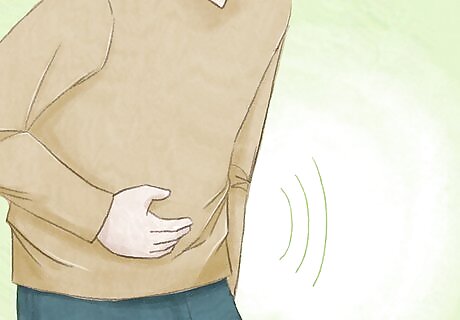
Stay flexible with your diet and listen to your body. If a raw diet isn't working for you, try cutting back on how many days of the week you eat raw or adding in at least one cooked meal a day. It isn't easy to transition to a raw, vegan diet, so don't be frustrated if you have a hard time sticking to it, especially at first. Take one step at a time and don't be afraid to add cooked or non-vegan elements to your diet again if you need to. Go to a doctor if you start to feel exhausted or sick. You may need to change your diet or start adding supplements.

Snack or eat small, frequent meals throughout the day to feel satisfied. Because you won't be able to eat filling foods such as grains and tofu, expect to get hungry more frequently throughout the day. You can balance out hunger by snacking or eating more meals in a day than you typically would. Many raw vegans keep fruits, raw nuts, and raw nut butter on hand for easy snacking.

Take supplements to make sure you’re getting all the nutrients you need. In order to get enough nutrients on a completely raw vegan diet, you will need to take at least a vitamin B12 supplement. You may also want to talk to a nutritionist about additional supplements you can take, such as iron, zinc, or vitamin D. You may notice side effects such as fatigue if you are deficient in any of these. You may want to continue working with a nutritionist as you continue your raw diet, not just when you start out.


















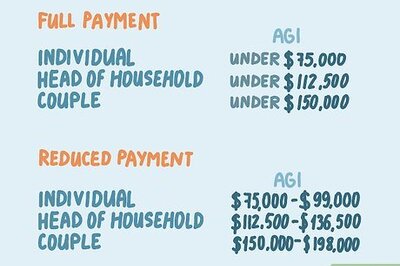
Comments
0 comment